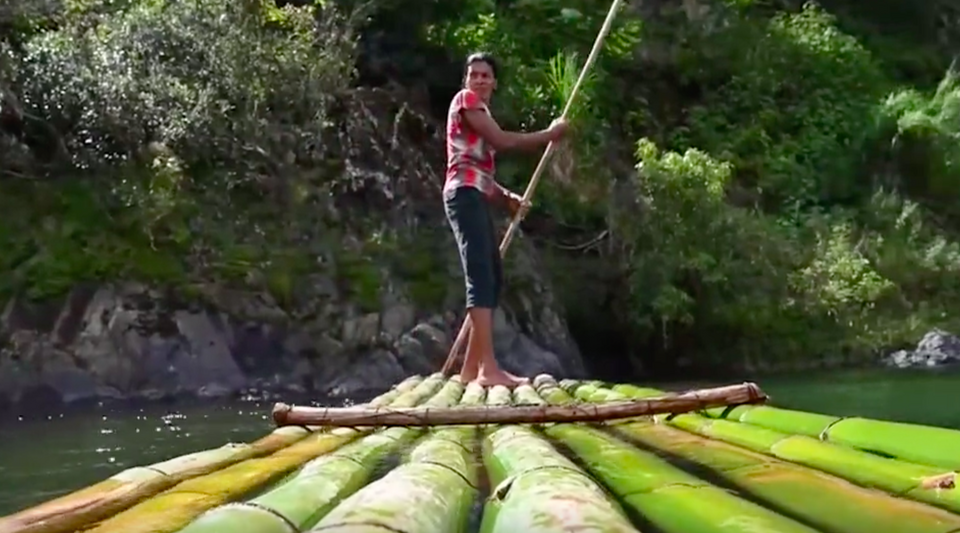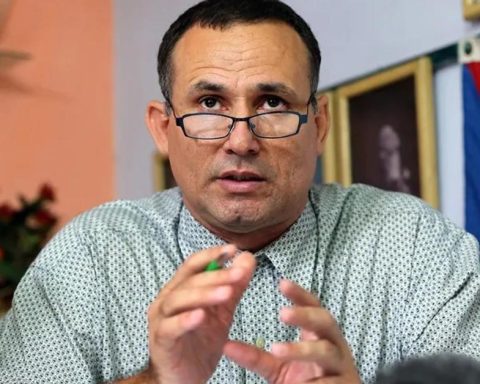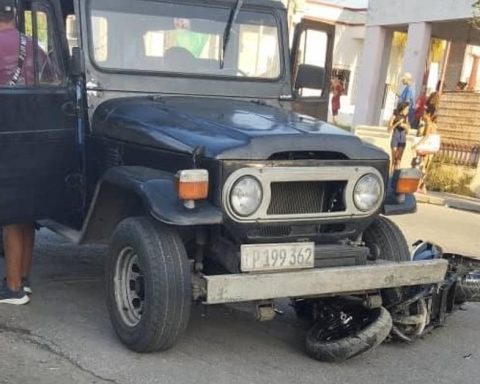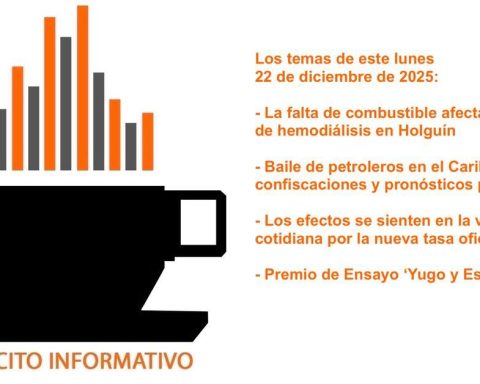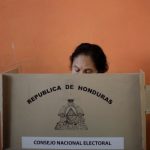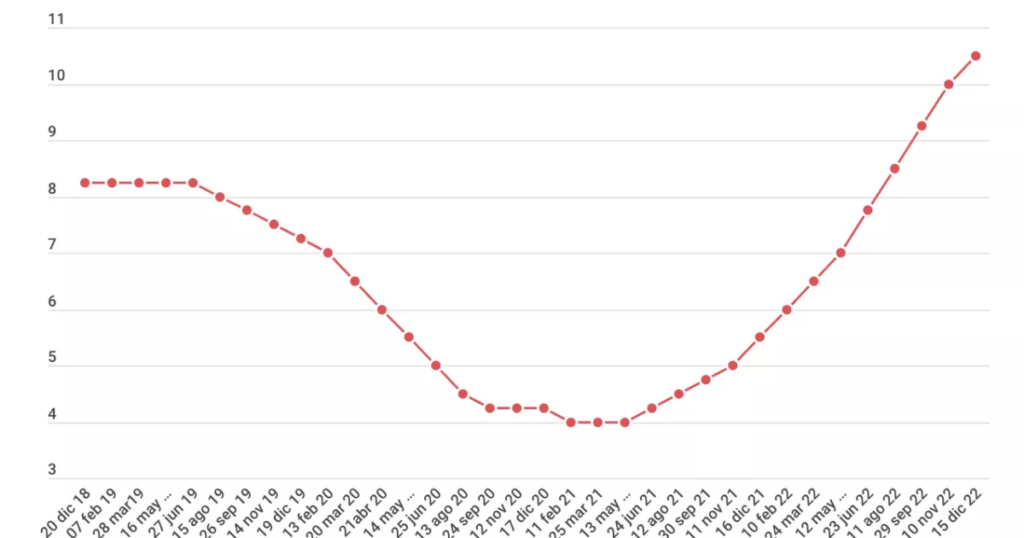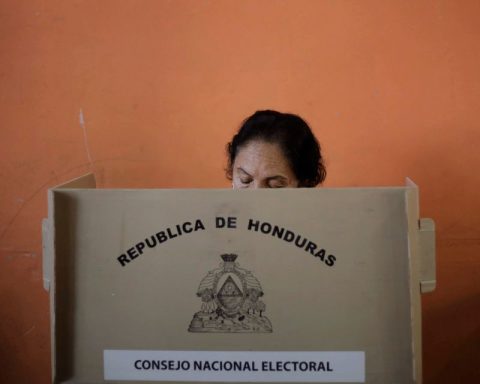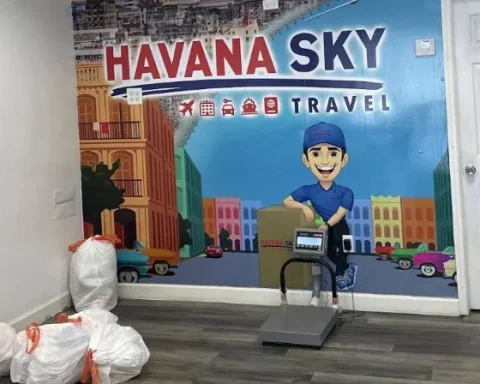At 87 years old, the Cuban Francisco Ramírez Rojas began to cry before they gave him the genetic certificate that said exactly what his grandfather had repeated so many times: that they, despite everything that was said, were descendants of indigenous people. .
The document proves that he, chief of the community of La Ranchería, in Guantánamo, is one of the few living descendants of the Tainos, one of the large groups of pre-Columbian settlers on the island who, according to historian Manuel Moreno Fraginals, “disappeared as a society, biologically and culturally drowned” by the European and African ethnic component.
Despite the story of the “mass extermination” of the indigenous people attributed to the Spanish conquerors –the well-known “black legend”–, and although it is true that there were multiple violent encounters on the Island between both groups during the 15th and XVI, the vast majority of Cuban Indians mixed in the new towns, died from “unintentional attacks” by pathogens from Europe and Africa, while a minority sector continued to partially and syncretically transmit their own traditions.
Francis is not alone. The members of 27 families in 23 communities in eastern Cuba present a proportion of Amerindian indigenous genes that is double the Cuban average, according to an unprecedented study presented this Thursday by a multidisciplinary team in Havana.
The investigation, five years of field work behind decades of previous investigations, adds to ethnographic, historical and even photographic studies, for the first time on a relevant scale, the scientific certainty of DNA tests.
The analysis of Francisco, for example, says that 37.5% of his genes are of Amerindian origin, compared to 35.5% European, 15.9% African and 11% Asian.
The study “is a milestone”, says the historian of Baracoa, Alejandro Hartmann, one of the promoters of the research on these communities.
The analysis of Francisco, for example, says that 37.5% of his genes are of Amerindian origin, compared to 35.5% European, 15.9% African and 11% Asian. In the country as a whole, by contrast, the average Amerindian component is 8%, compared to 71% for the European.
One more detail is that all the DNA tests in this study – 91 people, 74 with conclusive results – refer to female Amerindian ancestors. All male ancestors are European and, to a lesser extent, African.
Specifically, as Cuban geneticist Beatriz Marcheco, from the National Center for Medical Genetics, explained to EFE, from these DNA studies it can be estimated that all these people analyzed come from “between 900 and 1,000 Amerindian women” who lived in the 16th century.
Hidden in the remote areas that their descendants still inhabit, they survived the “demographic debacle of unimaginable dimensions” that, Marcheco explains, followed the invasion of the Spanish and Africans in Cuba. Of male Amerindians there is no trace.
“It is not unusual that our own books have addressed for years, even the most recent ones, the total extermination of the Amerindian component of our population. Indeed, we do not have closed communities, but we do have these people who have preserved those physical characteristics, who have that fingerprint in the DNA”, says Marcheco.
The DNA studies have been the finishing touch to the project, which emerged five years ago as an initiative to portray descendants of the island’s pre-Columbian settlers.
But as the Spanish photographer Héctor Garrido, coordinator of the project, explains to EFE indigenous cubathe initiative evolved towards a “more comprehensive” approach that ended up including historical documentation, portraits, ethnographic studies, anthropological research and, as a “cornerstone”, genetic analysis.
All these perspectives underline the thesis pointed out by DNA. The physical features show that Amerindian component in the portrayed faces and ethnographic studies collect indigenous traditions such as making casabe (leavened bread cakes), using the coa (agricultural tool), growing wild tobacco and celebrating their own religious rites.
Garrido stresses that these families were “fully aware of being descendants of indigenous people” and felt the “pride of who they are”
The study, according to its authors, has repercussions in multiple areas. Beginning with the investigated communities – Francisco’s tears are proof of this – and ending with the whole of Cuba.
It has also marked them personally, after an intense coexistence with the communities with “big personal implications”, as the project director says.
Garrido stresses that these families were “fully aware of being descendants of indigenous people” and felt the “pride of who they are.” However, he adds, they had mixed feelings when they were taught at school “that the indigenous people were extinct.”
The editor of the careful book on the project, the Cuban Julio Larramendi, is convinced that Cuba will “welcome” these conclusions and that now is a “good time” to make them known.
“We have that living root, a root that must be fed, given its water, given the opportunity to grow and reproduce, to show which traditions have survived, to show that it is part of our culture,” he points out.
Marcheco delves into this idea: “All this will allow us to reflect, a new look, a reunion with our roots, a reinterpretation of our origins. And that will have an influence, not only on Cuban thought, but also on the way in which we accept our culture, our diversity, to the extent that we seek a society that includes us all”.
________________________
Collaborate with our work:
The team of 14ymedio He is committed to doing serious journalism that reflects the reality of deep Cuba. Thank you for accompanying us on this long road. We invite you to continue supporting us, but this time becoming a member of our newspaper. Together we can continue transforming journalism in Cuba.
